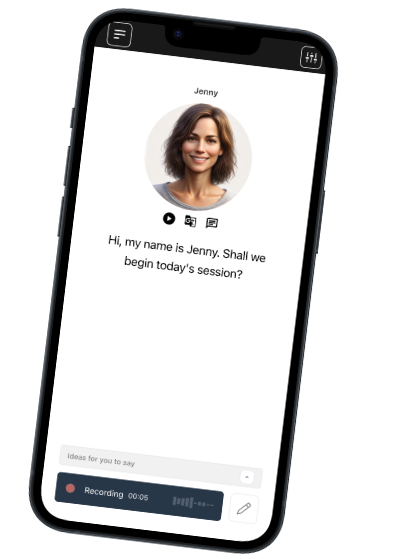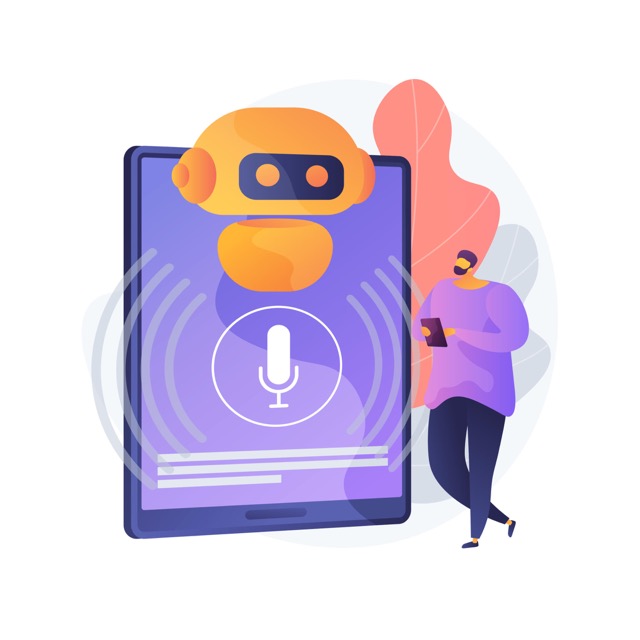Founded in Denmark. We respect your privacy.
Join a worldwide community of language learners
Do Animals Speak Too? What Animal Communication Teaches Us About Learning Human Languages
Last updated on
When we think about language learning, our minds rarely wander to the animal kingdom. Yet, scientists have studied animal communication for decades, drawing surprising links between how creatures in the wild exchange information and how humans acquire new languages. Could decoding animal “speech” offer unexpected lessons for improving your own linguistic abilities? There’s a fascinating insight you might not expect—revealed at the end of this post—that could change the way you approach language practice.
From Songbirds to Dolphins: The Variety of Animal Communication
Birdsong, dolphin clicks, bee dances, and primate gestures are all sophisticated forms of communication. Some songbirds, like zebra finches, even go through a stage of “babbling” remarkably similar to human infants learning to talk (Nature). Young birds listen, imitate, and are corrected by adults—mirroring how humans use repetition and feedback to refine pronunciation and grammar.
Meanwhile, dolphins have been shown to call each other by unique whistles—akin to individual names. Even bees perform complex dances to direct their hive-mates to food sources, relying on movement and pattern rather than sound (Britannica: Animal Communication).
What Human Learners Can Take from the Wild
1. Imitation is Key: Many animals learn to communicate by copying others. Humans tend to do the same when absorbing new accents, vocabulary, or grammatical structures. Embracing “playful mimicry,” as seen in the bird world, can speed up your acquisition of authentic intonation and phrasing.
2. Feedback Drives Improvement: Young chimps and parrots are corrected or encouraged by adult group members. Similarly, feedback—whether from an AI tutor, like those available on Talkio, or from a teacher—reinforces learning, helping you fix mistakes before they become habits.
3. Context Matters: Animal signals often only make sense in the right situation—just as human language learners benefit most from real-world conversations rather than isolated textbook drills. Practicing language in context like role-play scenarios or conversational AI sessions, leads to more natural fluency.
How Talkio Leverages These Insights
Modern language learning platforms have started to integrate animal-inspired principles. For example, AI-driven immersion on Talkio offers a space to listen, imitate, and get instant feedback—mimicking many successful strategies seen in nature.
The Big Reveal: What Sets Humans Apart?
While animal communication is incredibly advanced, research has shown that only humans possess true recursion: the capacity to nest ideas within ideas, creating endlessly complex sentences (Cambridge English: Human Language Uniqueness). Animals teach us about the foundations of language learning—listening, repetition, social feedback, and context. But it’s the uniquely human ability to combine and innovate with words that makes mastering a new language both possible and so richly rewarding. Next time you practice, remember: you’re not just mimicking sounds; you’re building something that, in its complexity, exceeds even the wildest songbird’s repertoire.
Talk Your Way
to Fluency

Talkio is the ultimate language training app that uses AI technology to help you improve your oral language skills!
Try Talkio


